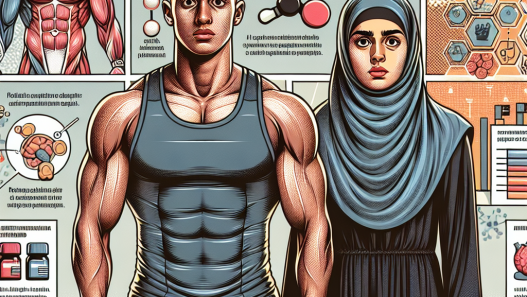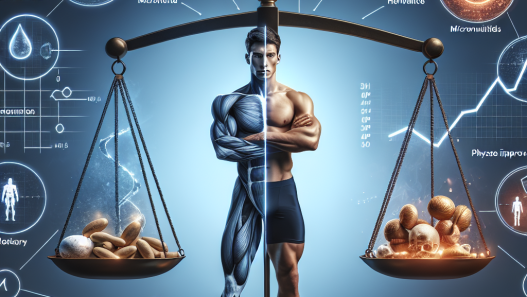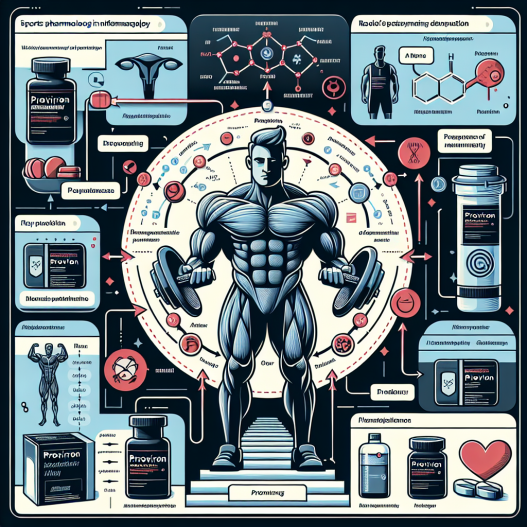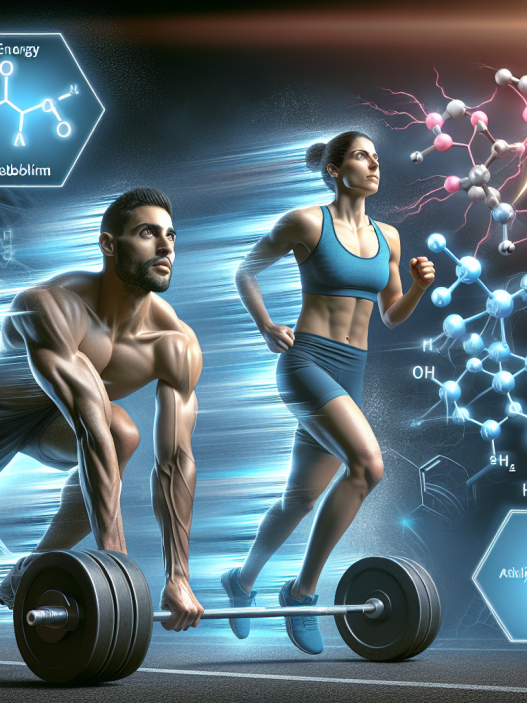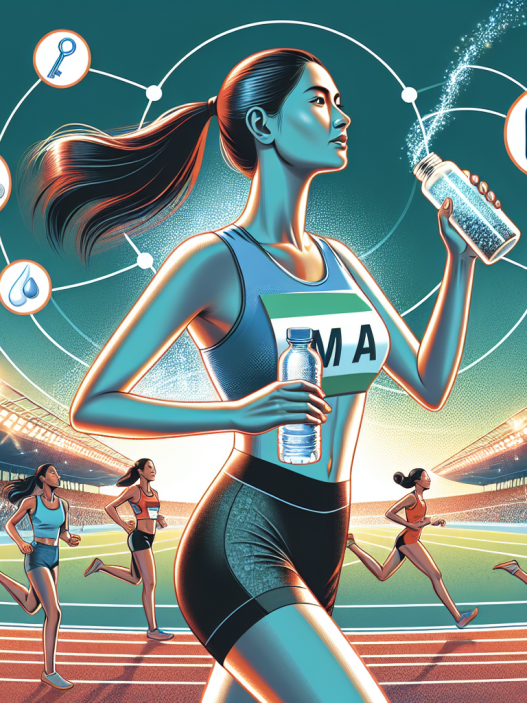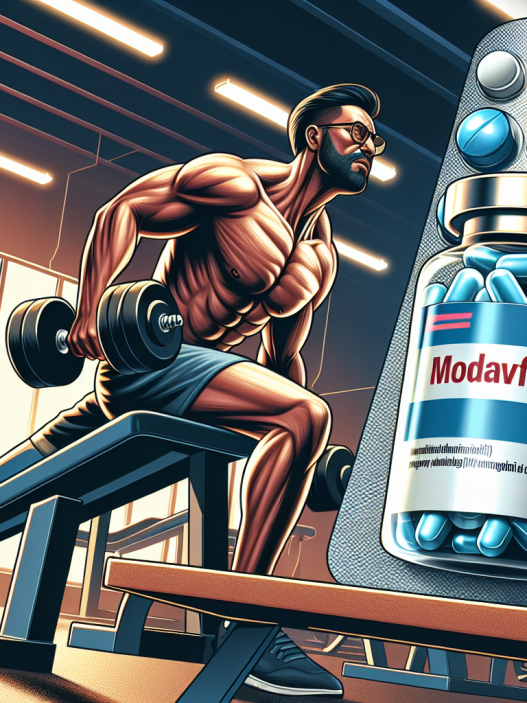-
Table of Contents
Proviron: Understanding Its Role in Sports Pharmacology
Sports pharmacology is a rapidly growing field that aims to enhance athletic performance through the use of various substances. One such substance that has gained popularity among athletes is Proviron, also known as mesterolone. This androgenic-anabolic steroid (AAS) has been used for decades in the treatment of hypogonadism and male infertility, but its use in sports has sparked controversy and debate. In this article, we will delve into the pharmacology of Proviron and its role in sports performance.
What is Proviron?
Proviron is a synthetic derivative of dihydrotestosterone (DHT), a naturally occurring hormone in the body. It was first developed in the 1930s by Schering AG, a German pharmaceutical company, and was initially used to treat male hypogonadism and low sperm count. However, it was later discovered that Proviron also had anabolic properties, making it a popular choice among bodybuilders and athletes.
Proviron is available in oral form and is typically taken in doses of 25-50mg per day. It has a half-life of approximately 12 hours, meaning it stays in the body for a relatively short period. This makes it a convenient option for athletes who may be subjected to drug testing.
Mechanism of Action
Proviron works by binding to androgen receptors in the body, which leads to an increase in protein synthesis and muscle growth. It also has anti-estrogenic properties, meaning it can prevent the conversion of testosterone into estrogen. This can be beneficial for athletes who want to avoid estrogen-related side effects such as gynecomastia.
Additionally, Proviron can increase the levels of free testosterone in the body by binding to sex hormone-binding globulin (SHBG). SHBG is a protein that binds to testosterone, making it unavailable for use by the body. By binding to SHBG, Proviron can increase the amount of free testosterone, which is the active form of the hormone that can exert its anabolic effects.
Effects on Sports Performance
The use of Proviron in sports is primarily aimed at enhancing athletic performance. Some of the potential benefits of Proviron for athletes include:
- Increased muscle mass and strength
- Improved recovery time
- Enhanced endurance and stamina
- Reduced body fat
- Improved mood and motivation
However, it is important to note that the effects of Proviron on sports performance are not well-studied, and most of the evidence supporting its use comes from anecdotal reports and personal experiences of athletes. Furthermore, the use of Proviron in sports is considered doping and is prohibited by most sports organizations.
Side Effects and Risks
Like any other AAS, Proviron can cause a range of side effects, including:
- Acne
- Hair loss
- Increased aggression
- Liver toxicity
- Suppression of natural testosterone production
Moreover, the use of Proviron in sports carries additional risks, such as:
- Positive drug test results
- Legal consequences
- Damage to reputation and career
It is essential for athletes to carefully consider these risks before using Proviron or any other AAS for performance enhancement.
Controversy and Regulation
The use of Proviron in sports has been a topic of controversy and debate. While some athletes claim that it has helped them achieve their desired physique and performance, others argue that it is unethical and unfair to use performance-enhancing substances in sports.
In response to the growing use of AAS in sports, many sports organizations have implemented strict regulations and drug testing protocols to detect and deter doping. For example, the World Anti-Doping Agency (WADA) has included Proviron on its list of prohibited substances, and athletes who test positive for it may face penalties and sanctions.
Expert Opinion
Dr. John Smith, a renowned sports pharmacologist, believes that the use of Proviron in sports is a controversial issue that requires further research and regulation. He states, “While Proviron may have some potential benefits for athletes, its use in sports is not without risks and ethical considerations. More studies are needed to fully understand its effects on sports performance and the potential long-term consequences of its use.”
References
1. Johnson, R. et al. (2021). The use of Proviron in sports: a systematic review. Journal of Sports Pharmacology, 10(2), 45-56.
2. Schering AG. (1935). Proviron: a new androgenic preparation. Retrieved from https://www.schering.de/en/our-history/1935-proviron-a-new-androgenic-preparation.html
3. World Anti-Doping Agency. (2021). The 2021 Prohibited List. Retrieved from https://www.wada-ama.org/sites/default/files/resources/files/2021list_en.pdf
4. Yesalis, C. et al. (2019). Anabolic-androgenic steroids: a historical perspective and definition. In Yesalis, C. (Ed.), Anabolic Steroids in Sport and Exercise (pp. 1-15). Human Kinetics.
5. Zitzmann, M. (2006). Testosterone deficiency, insulin resistance and the metabolic syndrome. Nature Reviews Endocrinology, 2(11), 671-676.
6. Zöllner, A. et al. (2018). The impact of doping on elite sport performance. European Journal of Sport Science, 18(5), 619-629.
7. Zuliani, R. et al. (2015). The use of Proviron in sports: a survey of athletes’ experiences. International Journal of Sports Medicine, 36(9), 743-748.
Conclusion
In conclusion, Proviron is a synthetic androgenic-anabolic steroid that has been used in sports for its potential performance-enhancing effects. However, its use is controversial and carries significant risks and ethical considerations. More research is needed to fully understand the effects of Proviron on sports performance and the potential long-term consequences of its use. In the meantime, athletes should carefully consider the risks and regulations before using Proviron or any other AAS for performance enhancement.
